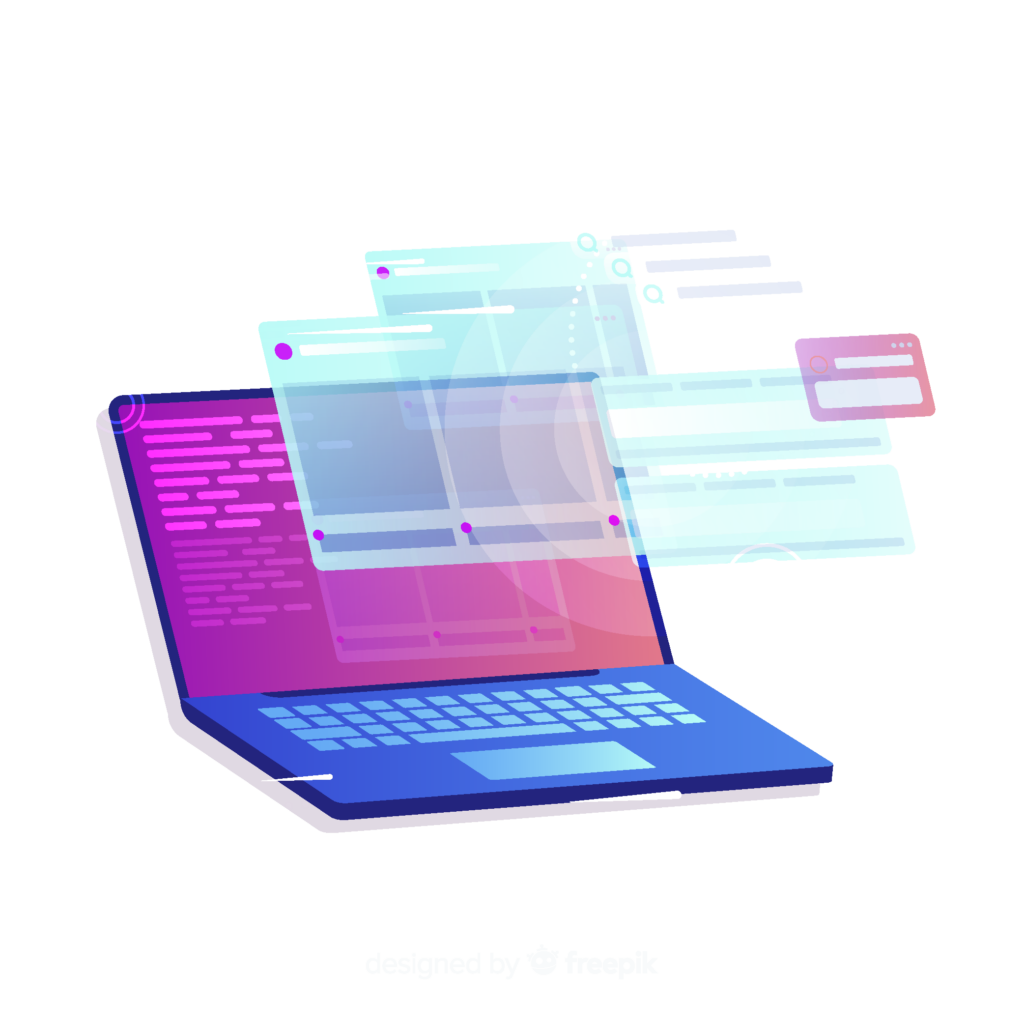Introduction to Jupyter Notebooks (en)
Unlock the power of Jupyter Notebooks with our Introduction to Jupyter Notebooks course. Learn to install, configure, and utilize Jupyter Notebook for data analysis, visualization, and machine learning tasks. Explore advanced topics such as interactive visualizations, data retrieval, and deployment strategies. Whether you’re a beginner or experienced practitioner, DSAI102 offers practical insights and techniques to maximize your productivity with Jupyter Notebooks.
CODE: DSAI102
Category: Artificial Intelligence

Teaching methodology
The course includes educational laboratories in which each student will be able to work in order to complete training exercises that will provide practical experience in using the instrument, for each of the topics covered during the course.
Prerequisites
- Basic Python Knowledge.
- Understanding of data analysis concepts.
- Basic knowledge of Python libraries for data analysis (e.g., Pandas, NumPy, Matplotlib).
- Familiarity with data visualization concepts.
The following is an overview of course content:
- Install Jupyter Notebook: Learn how to set up and configure Jupyter Notebook, a powerful interactive environment for data analysis and visualization.
- Data Retrieval: Explore techniques for retrieving data from various sources, such as databases, APIs, and web scraping.
- Data Analysis: Dive into the fundamentals of data analysis, including data cleaning, manipulation, and transformation using Python libraries like Pandas.
- Data Visualization: Master the art of visualizing data using libraries like Matplotlib and Seaborn to create insightful plots and charts.
- Advanced Data Visualization: Take your data visualization skills to the next level by learning advanced techniques for creating complex visualizations and customizing plots.
- Machine Learning Algorithms: Gain an understanding of machine learning fundamentals and explore popular algorithms for classification, regression, clustering, and more using Scikit-Learn.
At the end of the course, participants will be able to:
- Understand what Jupyter Notebook is and its capabilities.
- Understand the concept of a web-based interactive development environment.
- Install and configure Jupyter Notebook.
- Manage virtual environments and Python dependencies.
- Import and load data into a Jupyter notebook.
- Manipulate data using Python libraries like Pandas.
- Data analysis using Pandas and other relevant libraries.
- Extract meaningful information from data.
- Data visualization using libraries like Matplotlib and Seaborn.
- Create graphs and charts to effectively represent data.
- Perform advanced techniques for data visualization.
- Use advanced tools for creating interactive graphics.
- Give an introduction to machine learning concepts.
- Implement machine learning algorithms using tools like scikit-learn.
- Understand the architecture of Jupyter Notebook and its components.
- Configure and customization of the Jupyter environment.
- Use JupyterHub for multi-user Jupyter server deployment.
- Configure and manage of JupyterHub.
- Fulfill best practices for implementing Jupyter Notebook in production.
- Do resource management and infrastructure scalability.
Duration – 1 day
Delivery – in Classroom, On Site, Remote
PC and SW requirements:
- Internet connection
- Web browser, Google Chrome
- Zoom
Language
- Instructor: English
- Workshops: English
- Slides: English











